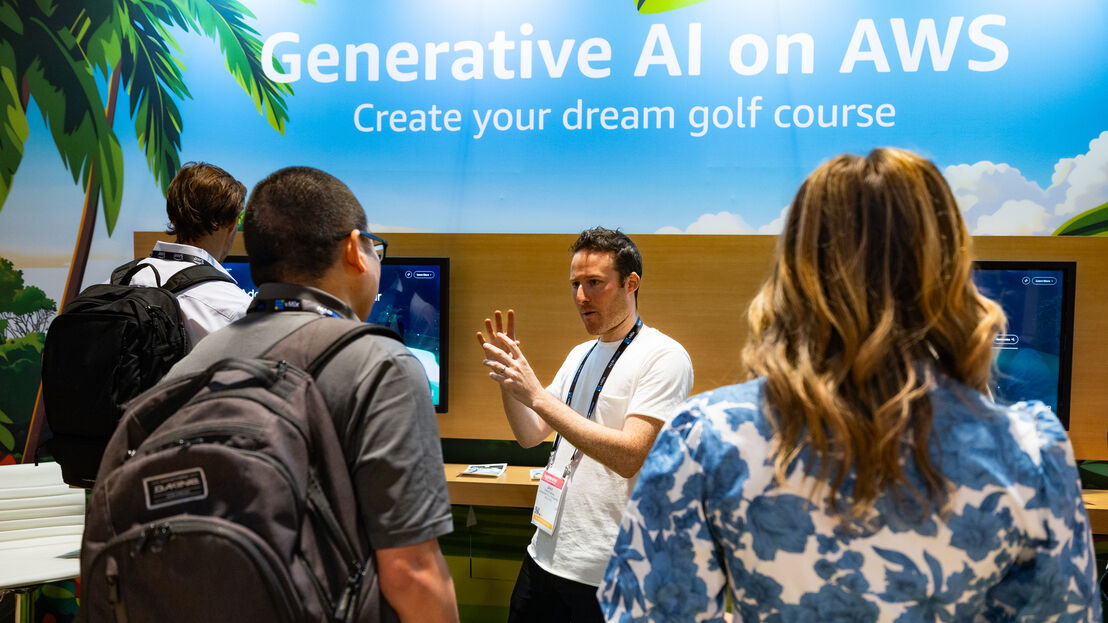A busy NAB showed above all that innovation in media and entertainment hasn’t slowed with exhibits on the show floor incorporating AI, prioritising net-zero and integrating with the cloud.
We are talking about sustainability
This year’s NAB revealed an industry treating sustainability as something essential and a problem to be solved, not brushed under the carpet.
“We saw companies leaving huge amounts of money on the table because they just didn’t think sustainability had anything to do with them, and others who were trying to hold sustainability in mind at every stage of business,” reports Neal Romanek, editorial director, The Flint.
A focus on sustainability actually seemed to be generating...
You are not signed in
Only registered users can read the rest of this article.

MovieLabs: Creating an industry-aligned vision for the future of media creation
How MovieLabs is building on two decades of development in film and television to help guide the future of media creation.

CES 2026: “The ChatGPT moment for physical AI is nearly here”
Passive language-based text-to-video models are so last year. From the enterprise to the home to the creative suite, the future is multi-modal AI capable of massive three-dimensional world building and physical interaction.

Multi-camera live virtual production on a broadcast budget
German broadcaster SWR claims a world first live multi-camera virtual production with potential learnings for broadcasters everywhere.

M&E predictions and analysis: “It's going to be an exciting decade”
Four top media analysts reveal their data-backed assessments of 2025, as well as their predictions for 2026 and beyond.

IBC Accelerators in review: From ideas to prototypes to blueprints for the future
IBC2025’s Accelerator cohort delivered some of the most ambitious demonstrations yet, featuring AI-driven production workflows, a radical rethinking of ultra-low latency streaming, and even live private 5G networks flying in an ultralight aircraft. IBC365 hears from a handful of projects to learn about life after the show.





